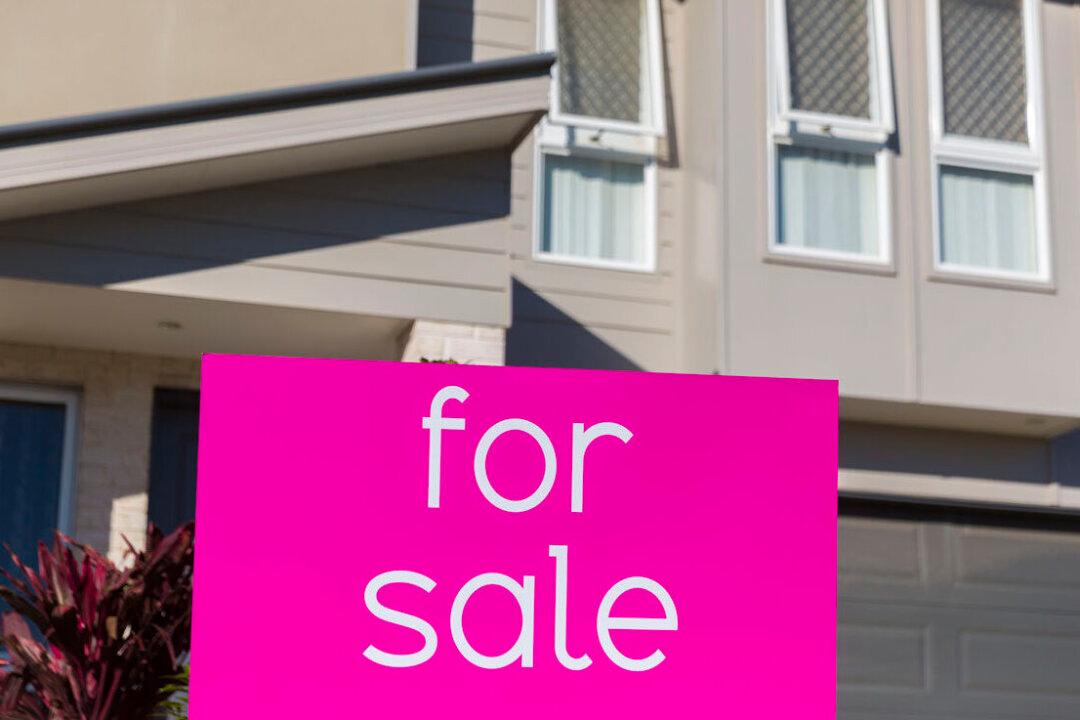Brisbane, the capital city of Queensland, has leapfrogged the nation’s capital Canberra to become the second-most expensive city to buy a house in the country.
A position it has not held since 1997.

Brisbane, the capital city of Queensland, has leapfrogged the nation’s capital Canberra to become the second-most expensive city to buy a house in the country.
A position it has not held since 1997.